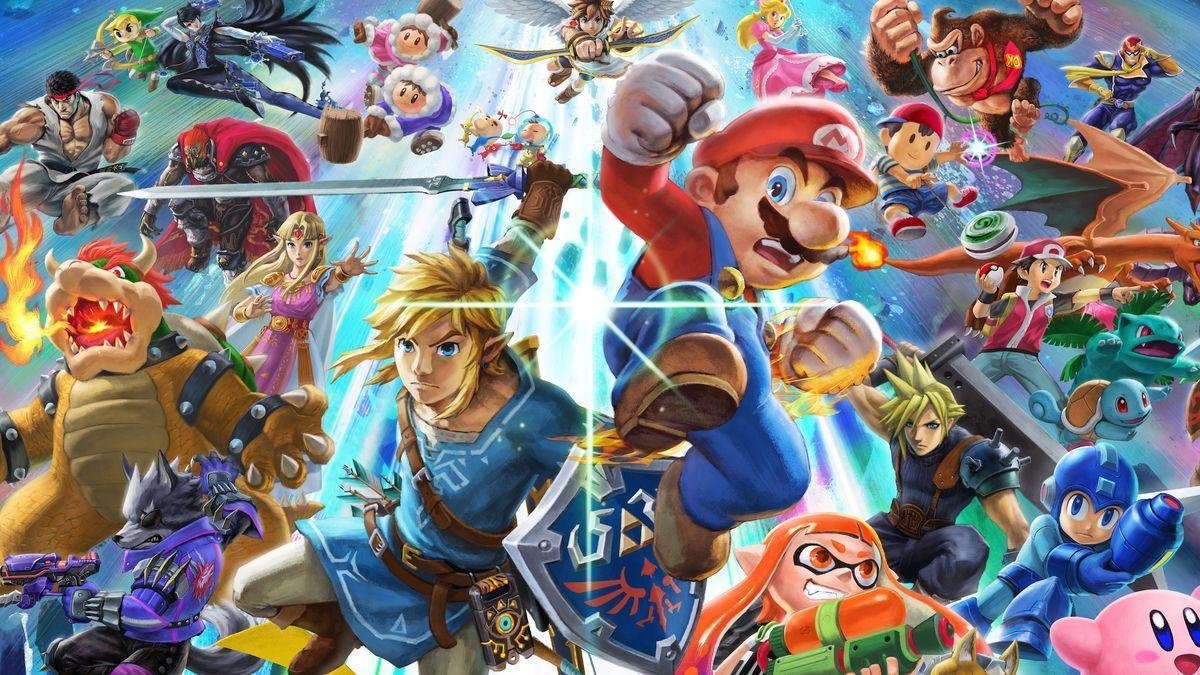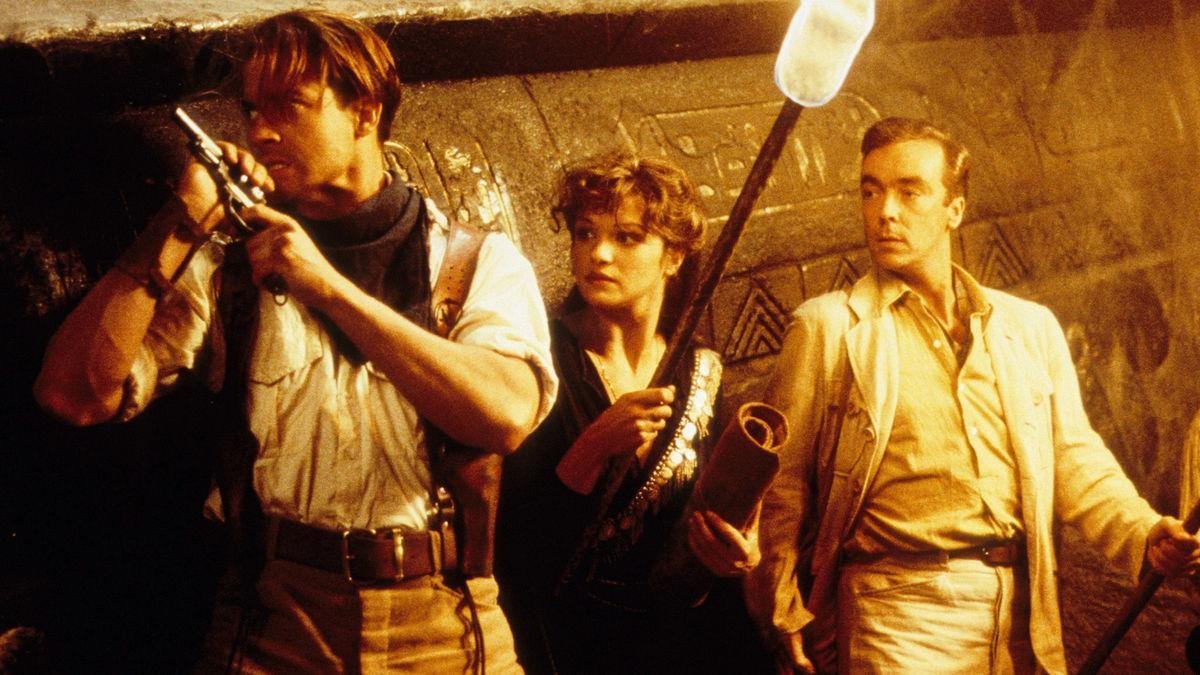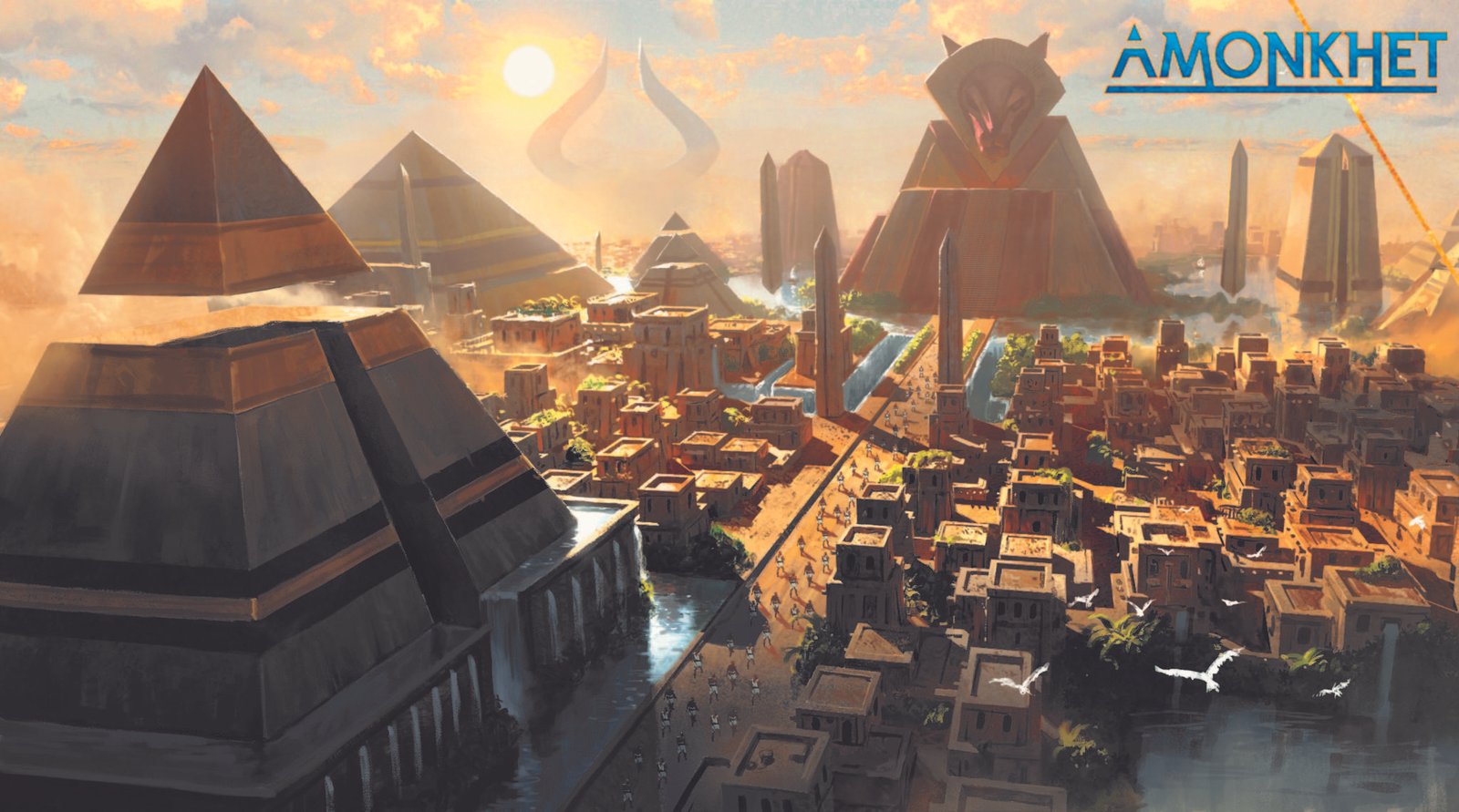Fighting games as a genre has evolved way past its arcade roots, cementing itself as one of the biggest genres in gaming with huge tournaments, events and hype surrounding it every year. However, it also happens to have the worst tutorials, relatively high barriers of entry, and an unappealing community to some. All of this leads to the genre being misunderstood as the most “unapproachable” type of game.
Awhile ago, a viral Twitter thread was posted about the failings of fighting games. While the tweet itself contains tons of mistakes, it serves well as a microcosm of how the Average Joe views the genre. Today, we’ll be analysing each point for what’s wrong and what’s right.
Point 1: Movements and Combos
The first of its criticisms is how the game punishes you for missing “an arbitrary 50-button combo”. This is obviously hyperbole but the statement in of itself misses the point of the game, as button combos are quite literally the foundation of the game.
You’re trying to punch your opponent without getting punched, and you try and do so with the help of well-timed button pressing to execute combos. Complaining about this is no different from saying rhythm games are bad, because you get no points for missing moves.


However, I can agree with how the movements in fighting games might feel clunky, but that is by design as they serve as both an offensive tool and defensive tool, as well as an opening for your opponent. It’s like a real fight — you move to retreat from or approach your opponent, but at the same time, it serves as an opening that your opponent can take advantage of. That is why it may feel clunky compared to the likes of Super Mario which is designed to be fluid, fast, and precise.
Also, as a quick note, “jumping side to side” is not the best way to get around nor is it a good idea because you’re often wide open to be attacked while jumping. Not to mention, ground movements can be very expressive in titles like Tekken or Super Smash Bros. making this whole argument about bad movement specific to certain titles at best.

Point 2: Combos Again?
The most common misunderstanding about fighting games are the combos, and just how powerful these combos can be. Most people think of combos as the be-all-end-all, where 50 button presses in a row deal 100% damage and end the game.
In reality, combos are just one small section, a kit in a character’s tool set that is balanced accordingly. Moreover, there are various games implementing systems to prevent infinite combos or mitigate the power of combos. Skull Girls has am infinite prevention system, and Super Smash Bros. Ultimate has a stale move system that reduces damage dealt from a move that is used multiple times in a row.

In fact, a large part of combos revolve around predicting how your opponent will react because there are rarely any combos that can deal huge damage without being extremely difficult to execute, or without requiring great foresight to predict your opponent’s moves.
That is what made the iconic EVO moment 37 legendary, because it required Daigo (playing as Ryu) to predict that his opponent, Justin Wong (playing as Chun Li) would execute Chun Li’s Super Art. Daigo also still had to parry the move, and then execute his own combo that subsequently won him the game. The amount of skill and grit required to pull that off is so immense it feels downright impossible, cementing that moment in history.

Point 3: Character Diversity

The tweet goes on to also criticise the genre’s lack of creativity in its characters’ move sets, particularly Alien from Mortal Kombat. I might be inclined to agree with the tweet for this specific instance, but it’s not fair to use one badly designed character to blanket the entire genre.
There are plenty of interesting and well-designed characters across all the popular titles — there’s a shaman character that can literally breathe fire, extend his arm, and teleport to fight in Street Fighter; there’s a character that can use her head as a projectile in Skull Girls; you can play as Steve from Minecraft and place blocks to kill off enemies in Super Smash Bros. Ultimate. The amount of creative characters with equally interesting playstyles is immense in this genre.

Adding on to this, playing multiple characters does not reduce your gameplay to “spray-and-pray”. There’s literally a term to indicate when players choose a character other than their main, called a “pocket pick”. This is often done to cover the weaknesses of their main character or to add diversity in the player’s arsenal. In fact, there are various high profile instances when a pocket pick has won games.
Point 4: Too Many Characters?!

Ironically the same Twitter thread goes on to crticise the sheer number of characters present in Super Smash Bros. Ultimate, stating that there is no way anyone can remember every single character’s ‘down-B’ move. This directly contradicts with the previous point about having a lack of creativity in character moves.
I will try and entertain this point and assume that this isn’t a criticism of the number of characters, but more so that the game is bloated. This is a similar issue with how some card games might have hundreds of playable cards, but only a handful are viable competitively. This might be valid for some games, but this is more of an issue with game balancing on a competitive level and should not affect the vast majority of the players.

To illustrate this point, we can look at League of Legends, where about 50% or more of its champions do not see play at the biggest stage at any given year, and yet this game is still plenty fun for a lot of players even when playing with “unviable” champions. Bringing the topic back to fighting games, if we look at Super Smash Bros. Ultimate, there’s close to a hundred playable characters and yet almost all of the characters see play competitively, proving that there’s no “bloat” within the game.
Are there any newbie-friendly fighting games?
I hope I have made fighting games slightly more approachable, especially for those that think combos are everything. I think the better way to think of fighting games are in terms of rock-paper-scissors with extra steps. “Block” counters “Combo”, “Combo” counters “Grab”, and “Grab” counters “Block”. That is the building block of almost every single fighting game. Pokken even color-codes these moves to clearly indicate which moves counter which. Fighting games aren’t for everyone, but its not as hard as some might think.
Now, I will leave you guys with some newbie friendly fighting games to try out.

1. Pokken

It is flashy, easy to approach with easily executable special moves, yet it has a lot of depth for those who want to dive deeper into its mechanics.
2. Super Smash Bros. Ultimate

Fun as a party game, and it’s also fun to play competitively with a great cast of characters. There’s bound to be one that will be your favourite. It controls similarly to a platformer, making it much easier to approach.
3. Fantasy Strike

A relatively new fighting game, it tries to boil down this genre to its bare minimums. It removes those pesky quarter circle inputs to execute special moves, removes high and low blocking, and the health bar is now in chunks or blocks, clearly showing how much damage is dealt or received.
What do you think about fighting games? Do you agree with our opinions, or do you have other thoughts? Let us know your points in the comments below — we’d love to hear them!
For more content like this, follow @themagicrainmy on Facebook, Instagram, Twitter, and Youtube!












